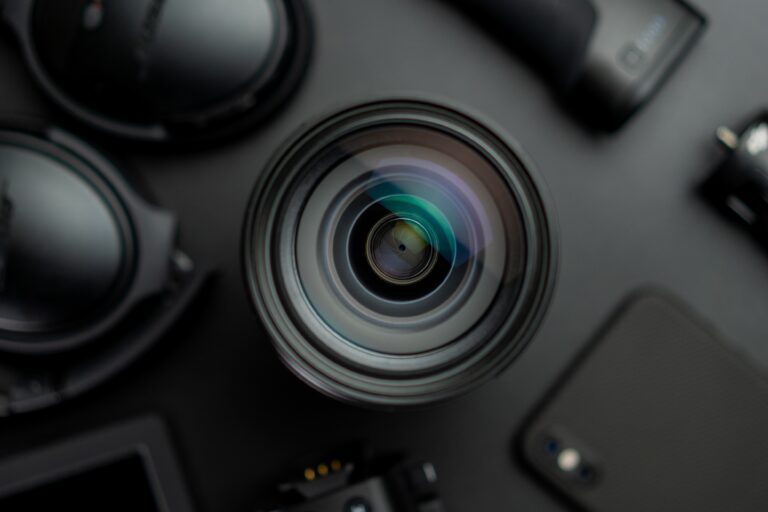Perfecting the Look: Choosing the Right Outfit and Pose for Every Model

From Good to Great: How to Know Exactly What Outfit and Pose Will Work for Your Model
In fashion and portrait photography, the difference between a good shot and a truly great one often hinges on two fundamental elements: the right outfit and the perfect pose. Knowing how to select and combine these elements effectively can transform a photo session from ordinary to extraordinary.
At Sam Studio, we understand that every model is unique, and what works for one may not work for another. That’s why mastering the art of matching outfits with poses tailored to your model’s personality, body type, and the shoot’s theme is essential for creating stunning, authentic images.
This comprehensive guide will take you through the process of selecting the best outfits and poses that highlight your model’s strengths, boost confidence, and elevate your photography from good to great.
At Sam Studio, we understand that every model is unique, and what works for one may not work for another. That’s why mastering the art of matching outfits with poses tailored to your model’s personality, body type, and the shoot’s theme is essential for creating stunning, authentic images.
This comprehensive guide will take you through the process of selecting the best outfits and poses that highlight your model’s strengths, boost confidence, and elevate your photography from good to great.
Understanding Your Model: The Starting Point
Before diving into outfits and poses, get to know your model’s:
Body shape and proportions
Comfort level and personality
Personal style and preferences
Experience and posing ability
This knowledge allows you to tailor the styling and direction accordingly, ensuring a comfortable and productive shoot.
Comfort level and personality
Personal style and preferences
Experience and posing ability
This knowledge allows you to tailor the styling and direction accordingly, ensuring a comfortable and productive shoot.
Choosing the Perfect Outfit
1. Match the Outfit to the Concept and Mood
Is the shoot high-fashion, casual, edgy, or romantic?
Choose clothing that supports and enhances the intended mood and story.
Example: Flowing fabrics for dreamy looks, structured tailoring for editorial sharpness.
2. Consider Color and Pattern
Solid colors often work best for focusing on the model and pose.
Patterns can add personality but should not distract from the model’s features.
Complement the model’s skin tone and eye color with flattering shades.
3. Fit is Everything
Clothes should fit well and complement the model’s body shape, not hide or overwhelm it.
Tailoring or adjustments may be necessary to ensure perfect fit.
4. Plan for Movement
Choose fabrics and cuts that allow natural posing and fluidity, especially for dynamic or action shots.
Avoid outfits that restrict motion or cause awkward lines.
5. Bring Options
Prepare several outfits and accessories for variety and backup in case something doesn’t work on set.
Layering pieces allow quick changes and creative mix-and-match styling.
Posing: The Art of Enhancing the Outfit and Model
1. Highlight the Outfit’s Features
Use poses that showcase interesting details, like back cuts, ruffles, or accessories.
Avoid poses that crush or hide key elements.
2. Flatter the Model’s Body Shape
For pear-shaped figures, emphasize upper body with confident shoulders and elongated neck.
For athletic builds, use angles to create curves and softness.
Experiment with asymmetry for dynamic compositions.
3. Create Flow and Lines
Poses should complement the outfit’s lines — a flowing dress calls for graceful arm and leg movements.
Sharp, angular clothing benefits from strong, structured poses.
4. Mind the Hands and Feet
Hands are expressive and can add elegance or attitude; avoid tension or awkward placements.
Feet positioning can elongate legs or create interesting silhouettes.
5. Eye Contact and Expression
The model’s gaze and facial expression set the tone. Confident eye contact can elevate the whole image.
Expressions should align with the mood: soft, fierce, playful, or contemplative.
Collaboration: Photographer & Model Working Together
Discuss ideas and inspiration before the shoot. Share mood boards or references.
Guide the model gently but clearly. Show example poses and adjust as needed.
Encourage improvisation. Some of the best poses happen naturally.
Give positive feedback. Confidence translates into better images.
Pro Tips for Sam Studio’s Photographers
Use a mirror or monitor during the shoot to review poses and outfit fit.
Pay attention to lighting and angles that enhance textures and colors.
Keep the set dynamic—switch outfits and poses frequently to maintain energy.
Plan the shoot flow to avoid fatigue, especially in complex outfits or challenging poses.
Final Thoughts: From Good to Great
The perfect outfit and pose combination isn’t accidental—it’s a deliberate art shaped by understanding, planning, and collaboration. When the model feels confident and the styling complements their unique features, every frame becomes a celebration of personality and beauty.
At Sam Studio, we specialize in guiding both photographers and models to find that perfect synergy, creating images that aren’t just good, but truly great.
Ready to Elevate Your Next Shoot?
Contact Sam Studio today and let’s craft your next fashion story with the perfect outfit and pose tailored just for you.
2 likes
1 Comment

